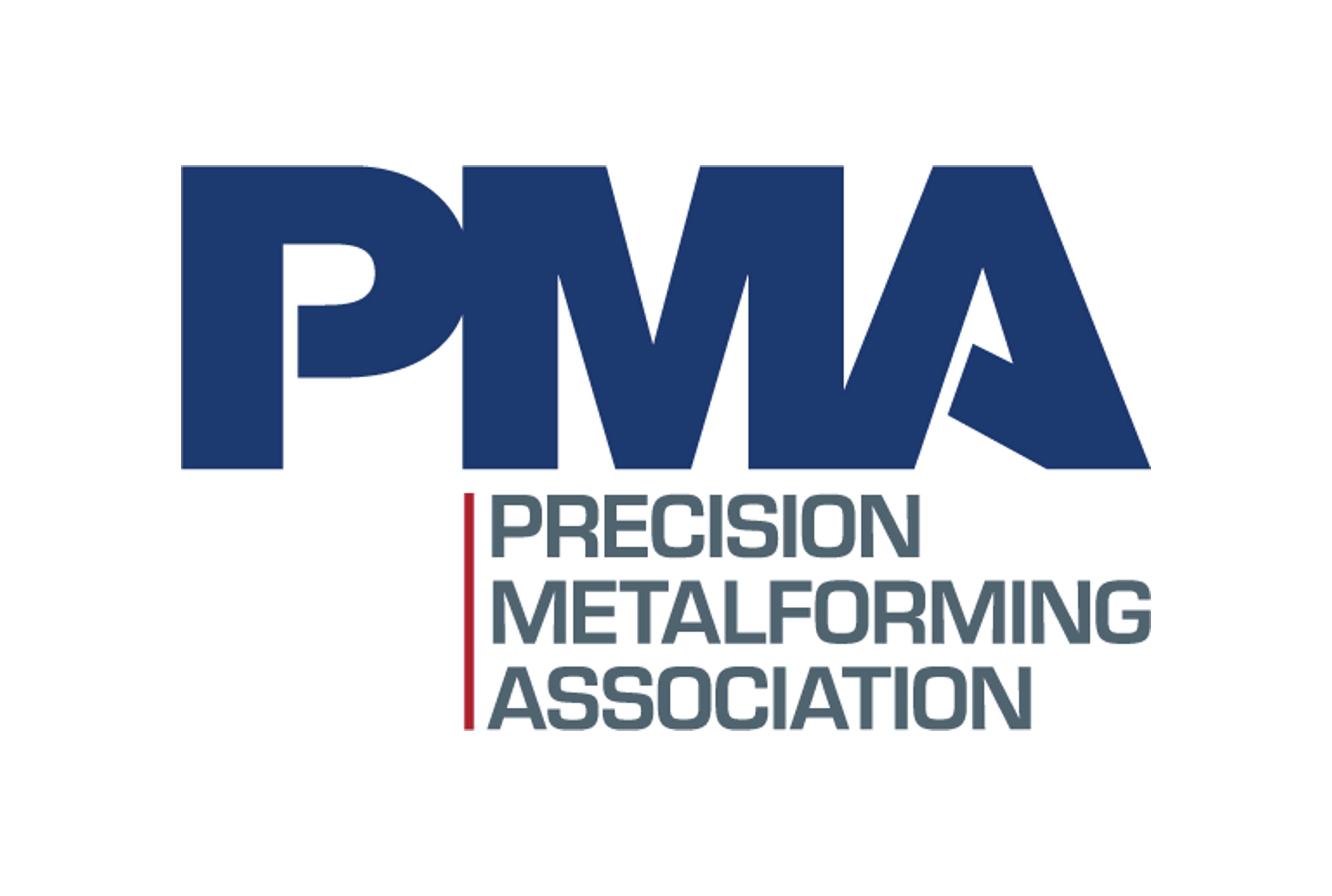Market Data

January 25, 2017
SMU Price Momentum Indicator Pointing to Higher Prices
Written by John Packard
SMU Price Momentum Indicator has been pointing to Higher flat rolled steel prices since late October (12 weeks). Based on our analysis of last week’s steel market trends survey as well as direct contact with buyers today, SMU Price Momentum has not changed and our expectation is for prices to move higher over the next 30 days.
Our view is not held by everyone in the industry, but we do not have enough actual price data to suggest Momentum has changed and lower prices are being offered to any great degree on hot rolled, cold rolled and coated steels.
SMU went out today and asked approximately 50 steel buyers to comment on:
1) Any changes in steel prices or lead times?
2) Are you seeing strength or weakness in your order book?
3) Do you expect the flat rolled mills to follow (the SSAB plate price increase of $50/ton) or are we at the point where supply/demand fundamentals will not support another increase?
Here is a portion of what we heard from steel buyers around the country that has led us to keep our Price Momentum Indicator pointing to Higher prices for at least the short term (30 days).
Service Center, “Steady order book. I believe we are in balance [pricing] but mills typically go until they feel resistance. Where will the resistance come from?”
Service Center, “Prices have held pretty steady the past few weeks. Mills still insist order entry rates are very strong and that higher contract volumes this year will reduce the spot reliance. Order book is still solid although end users are increasingly resistant to today’s prices for consumption out 3-6 months. They think we have peaked. SSAB will not be a factor in driving flat rolled prices higher. I would be very surprised if that gets any support at all.”
Service Center, “HR/P&O lead-times seem to have moved out a bit since the holidays (except if you’re paying 640). CR/CORE seem stable. AM is not running well in the Chicagoland mills, and has some slab availability issues in Calvert. This has their lead-times much extended to the market. SSAB lead-time jumped by an additional 4-6 weeks recently, I think based on an outage and taking on more production in the US from Europe. These items are clouding the lead-time outlook and will have some AM & SSAB clients having some additional spot purchases to make… The SSAB 50 is fine for them as lead-time has jumped way out, and it would be odd not to recognize this with pricing. However, with scrap stalling or moving backwards, this seems lofty based on demand levels and lead-times at the other plate mills. 50 on top of a toppy looking 640 on HR, might be too much too soon – but HR might not be at its peak. However, this could be the point where a rising HR begins to shorten the spread to tandem mill products.”
Manufacturing Company, “We have strength in our order books due to new business starting this year. I do believe all the mills will follow suit with a 6th price increase trying to hold firm current pricing going into Q2 where all indications point that pricing will fall.”
Service Center, “We have not placed a domestic order in over 2 weeks. We believe the $43 number is a stretch [CORE]. I am seeing offers now at $42 and do not anticipate another increase, at least over the next month. We need the mills to firm their order books before considering another increase.”
Service Center, “I do expect there will be more increases, mills are fighting back when negotiating new deals right now. Think a lot of orders have been placed in the last two months anticipating prices will go higher.”
Manufacturing Company, “Small tonnage spot orders – HRC, CRC & HDG all down $10-$20/ton – mill dependent. Seeing February Production moving through most mills – including integrated / a lot of items will be early. I expect lead time to start contracting… I do not believe there will be another increase at this time – besides supply/demand raw material inputs appear to be softening/stabilizing.”
Service center, “The title of your lead article yesterday [Cracks Developing in Steel Pricing Floor? Sunday, January 22, 2017] made for an interesting day. Not certain your readers took time to read through the full details, as I had to have several conversations about the market reversing immediately (especially on flat-rolled). The good news is your voice carries very quickly…the bad is that sometimes it can be misinterpreted. We have experienced nothing but strength from the domestic mills. We are still at opposite ends of the negotiation table on our ’17 contracts. Demand remains a hot topic, but we feel there is nothing indicating “shrinkage” (I am a Seinfeld fan) out of the main steel consuming sectors this year. We are actually forecasting overall steel demand to be up at a greater rate YoY than 2015 to 2016.”
Wholesaler, “We are not active buyers at the moment but it feels like mills are targeting a $42.00/cwt base… While lead times are being discussed as extended, we are getting material well inside of the stated lead times, in some cases 2-3 weeks. Order books are average when comparing to annual average, leaning to strong if you compare to January 2016. Re: another increase, we expected another one but then a reputable newsletter published an article talking about cracks in price floor [SMU 1/22/2017]. I would describe our feeling as uncertain and due to this uncertainty we are working to reduce our inventory. Our March order will be reduced compared to February.”
Manufacturing Company, “Mills seem to be holding firm at $640NT on HR. Nobody wants to break rank. I do not buy the other products. Some are full and have production issues. (NLMK, Mittal) USS 2/26 and 3/5 weeks. AM Dofasco and USS CN are 3/19 week. Mini’s are hard to gage but I think most are 4 weeks. So overall I would say 5 – 6 weeks on average for HR Lead-times. I think we are at the top. This last increase will be very hard to collect. Scrap will slide over the next month or two which will put pressure on HR. The Scrap VS HR spread will be too large and I believe not sustainable for more than a few months. Last cycle it was $300 plus for 5 months. This cycle we are at 2 month so I would expect some softening in April. Our demand is slowing. We believe a lot of our customers pulled Jan/ Feb into Nov/Dec. We will test true demand for the balance of Q 1.”
Manufacturing Company, “I do not buy on the spot market, only contracts, so I do not actually see new offers often. However, I do keep in constant contact with people in the know. We see it peaking as the lead-times get into late March, which is pretty soon, around $640 to $650. Flat rolled mills do not follow SSAB on strip mill plate, different animal. Our order books are staying about the same, well down for 2 years and counting, nothing really changing one way or the other today….”
Service Center, “We have not seen any new offers, nor have any prices changed in the past couple of weeks. The order book remains good, but not real strong demand and we are not seeing any jumps in lead-times at the mills. I do expect that the mills will raise prices again in February. They cannot help themselves, but I am sure everyone is over-bought and we will see companies pulling back on their purchases for a couple of months. I believe we are going to see increases in inventory levels, very shortly.”
Manufacturing Company:
1. “We are contract buyers domestically – but the 10-20% of our business that is spot are Taiwan and Indian imports and prices continue to rise ($30-60 per ton vs. last month), especially on Galvanized. I’ve been told that Galvanized markets are hot in Asia right now and the Asian mills are treading very carefully not to sell below domestic sale prices when exporting to the US. They all want to stay off the “trade case radar.” Hence availability and price on imported Galvalume are better than Galvanized. These guys could just be making up stories to justify to high galvanized prices, but I don’t have a great way to validate other than to say that galvanized imports are consistently high.
2. Lead times remain 8-10 weeks for domestic mill galvanized and 10-12 weeks for domestic mill Galvalume. Our reference is US Steel, which is notoriously long. SDI you can still have orders in 6 weeks for coated sheet. They keep their lead times tight.
3. NO real strengths or weakness in order book. About on par with forecast (flat or slightly up from 2016).
4. $50 per ton seems ambitious, but it wouldn’t surprise me if others follow. For construction markets, lead times are approaching the heavy restocking point, so price increases could stick. It’s really all up to total demand at this point.”







